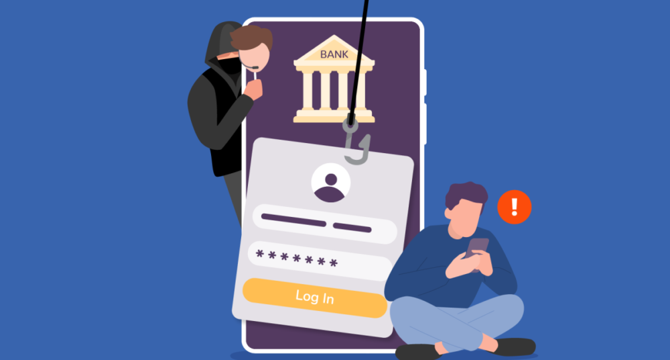TechBullion
3d
276

Image Credit: TechBullion
How To Shield Your Online Business From Fraud And Impersonation
- eCommerce fraud and impersonation attacks can significantly harm businesses. Preventing these risks through robust eComm brand protection measures is crucial to avoiding financial losses and reputational damage.
- Fraud and impersonation attacks in eCommerce can take various forms, including phishing scams, fake websites, and account takeovers, that are all designed to exploit customers and tarnish a brand's reputation.
- Investing in advanced cybersecurity measures like SSL certificates, firewalls, anti-malware software, and multi-factor authentication ensures secure data transmission between websites and users, and detects and blocks malicious activities in real-time, effectively reducing the risk of fraud and impersonation.
- Brand protection tools are essential in continually monitoring a brand's digital presence, identifying and addressing instances of brand abuse, and combating brand impersonation. Early detection ensures swift action is taken in mitigating the impact of fraud and impersonation.
- Educational campaigns conducted across websites, email newsletters, and social media channels, help to keep customers informed of common scams, while encouraging them to report suspicious communications or links. Customized solutions and working with cybersecurity experts further enhance a brand's defense against online fraud.
- AI-powered fraud detection systems and digital watermarking are powerful tools that contribute to preventing fraudulent activities. Blockchain technology enhances transaction security. Their integration strengthens a brand's ability to detect and prevent fraud.
- Establishing and implementing a well-defined legal strategy that includes registering trademarks and collaborating with law enforcement helps combat brand abuse promptly. Transparent communication of efforts to combat fraud builds confidence in customers, helps to build trust in a brand, and fosters customer loyalty.
- Regularly monitoring metrics such as a reduction in fraud incidents, website traffic patterns, and customer feedback ensures continuous improvement and adaptation to prevent emerging threats and maintain a secure environment for an eCommerce brand to thrive.
- In summary, being vigilant and prioritizing eComm brand protection measures through innovation, collaboration, education, transparency, and technology is necessary to safeguard a brand's revenue, reputation, and customer trust.
Read Full Article
16 Likes
For uninterrupted reading, download the app